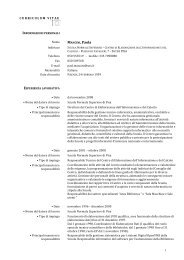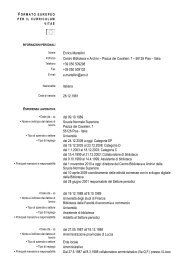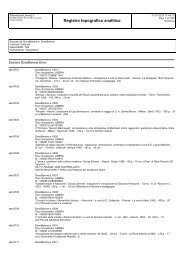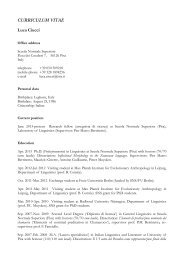Metrics of curves in shape optimization and analysis - Andrea Carlo ...
Metrics of curves in shape optimization and analysis - Andrea Carlo ...
Metrics of curves in shape optimization and analysis - Andrea Carlo ...
Create successful ePaper yourself
Turn your PDF publications into a flip-book with our unique Google optimized e-Paper software.
• homotopy-wise parameterization <strong>in</strong>variant if, for any ϕ : [0, 1] ×S 1 → S 1 smooth, ϕ(t, ·) a diffeomorphism <strong>of</strong> S 1 for all fixed t, let ˜C(t, θ) =C(t, ϕ(t, θ)), then E( ˜C) = E(C).It is not difficult to prove that the second condition implies the first. Thereis an important remark to note: a homotopy-wise-parameterization-<strong>in</strong>variantRiemannian metric cannot be a proper metric.Proposition 11.8 Suppose that a Riemannian metric is homotopy-wise parameterization<strong>in</strong>variant; if h 1 , h 2 ∈ T c M <strong>and</strong> h 1 is tangent to c at all po<strong>in</strong>ts, then〈h 1 , h 2 〉 c = 0. So the Riemannian metric <strong>in</strong> this case is actually a semimetric(<strong>and</strong> ‖ · ‖ c is not a norm, but rather a sem<strong>in</strong>orm <strong>in</strong> T c M).Pro<strong>of</strong>. Let C(t, u) = c(ϕ(t, u)) with ϕ(t, ·) be a time-vary<strong>in</strong>g family <strong>of</strong> diffeomorphisms<strong>of</strong> S 1 . So E(C) = E(c) = 0, that is∫ 10‖c ′ ∂ t φ‖ 2 c dt = 0so ‖c ′ ∂ t φ‖ c = 0; but note that, by choos<strong>in</strong>g appropriately φ, we may representany h ∈ T c M that is tangent to c as h = c ′ ∂ t φ. By polarization, we obta<strong>in</strong> thethesis.11.6 St<strong>and</strong>ard <strong>and</strong> geometric distanceThe st<strong>and</strong>ard distance d(c 0 , c 1 ) <strong>in</strong> M is the <strong>in</strong>fimum <strong>of</strong> Len(γ) where γ is anyhomotopy that connects c 0 , c 1 ∈ M (cf. Def<strong>in</strong>ition 3.25).We are though <strong>in</strong>terested <strong>in</strong> study<strong>in</strong>g metrics <strong>and</strong> distances <strong>in</strong> the quotientspace B := M/Diff(S 1 ).We suppose that the metric G is “curve-wise parameterization <strong>in</strong>variant”;then G may be projected to B := M/Diff(S 1 ). So <strong>in</strong> the follow<strong>in</strong>g we will use adifferent def<strong>in</strong>ition <strong>of</strong> “geometric distance”.Def<strong>in</strong>ition 11.9 (geometric distance) d G (c 0 , c 1 ) is the <strong>in</strong>fimum <strong>of</strong> the lengthLen(C) <strong>in</strong> the class <strong>of</strong> all homotopies C connect<strong>in</strong>g the curve c 0 to any reparameterizationc 1 ◦ φ <strong>of</strong> c 1 .This implements the quotient<strong>in</strong>g formula that we saw <strong>in</strong> Def<strong>in</strong>ition 3.6 (<strong>in</strong>this case, the group is G = Diff(S 1 )): so we will use d G as a distance on B.At the same time, note that <strong>in</strong> writ<strong>in</strong>g d G (c 0 , c 1 ) we are abus<strong>in</strong>g notation:d G is not a distance <strong>in</strong> the space M, but rather it is a semidistance, s<strong>in</strong>ce thedistance between c <strong>and</strong> a reparameterization c ◦ φ is zero.11.7 Horizontal <strong>and</strong> vertical spaceConsider a metric G (curve-wise parameterization <strong>in</strong>variant) on M. Let Πonce aga<strong>in</strong> be projection from M := Imm f (S 1 ) to the quotient B = B i,f =M/Diff(S 1 ).We present a list <strong>of</strong> def<strong>in</strong>itions (see also the figure 19 on the next page).93




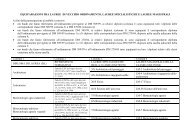
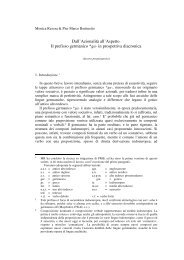
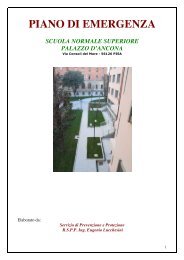
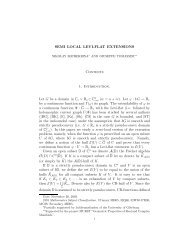
![4. Ghost [Å] vowels in French - Laboratorio di Linguistica](https://img.yumpu.com/49999334/1/184x260/4-ghost-a-vowels-in-french-laboratorio-di-linguistica.jpg?quality=85)



